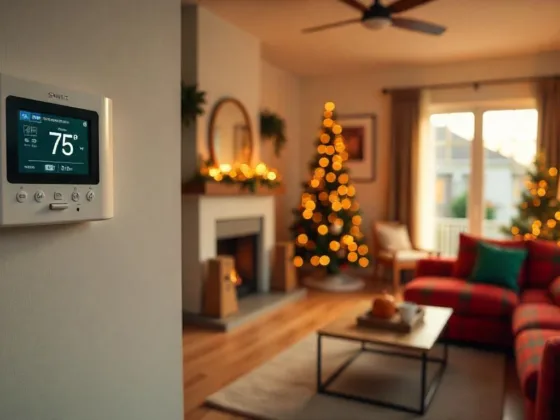Table of Contents Show
Unlike common knowledge, you can actually prevent roof issues before they happen. This is where the roof survey comes in.
Here, a roof surveyor comes in and checks your roof’s overall condition. This will give you an overview of its existing and possible issues.
However, research shows that 4 out of 5 homeowners have not gone through roof surveys nor even considered calling a roofing surveyor.
Because of this, they end up with severely damaged roofing due to extreme weather and wind conditions. It’s most probably because they are not familiar with the process.

To avoid being a part of that 4 out of 5, we’re going to walk you through the different types of roof surveys in the following sections. Understanding these will help you know the specific survey that you should avail of.
Visual Roof Survey
Visual roof survey is the most basic type of inspection. This applies to all kinds of homes and buildings.
Here, a roofing surveyor will evaluate the roof’s current condition by testing its current capabilities. The physical appearance will also be taken into account.
Extended Camera Survey
For roofs that are either hard or dangerous to reach, the Extended Camera Survey will be used for assessment.
The roof surveyor will mount a camera and will view the roof’s angles from there. This can also be used for homes with roofs that are too fragile to climb on.
Drone Roof Survey
Drone roof survey is a more hi-tech version of the former survey type. Instead of needing to mount a camera, the inspector will set up a drone. They will, then, control it to view the entirety of the roof. This is best used for vast and high roofing.
Drone Services involve the use of unmanned aerial vehicles equipped with advanced technology to inspect, measure, and analyze sites for construction, agriculture, or any other purpose. It saves time, reduces risk, and provides high-resolution imagery.
MEWP Survey
MEWP stands for Mobile Elevating Platform. This roof survey type is used for buildings that aren’t covered by an average ladder’s height.
A roof surveyor turns to this method when a building is 100 meters high or more. This guarantees an efficient and safe roof inspection.
Read Also:
Core Sampling
This next survey type is used for already damaged roofs.
In Core Sampling, a roof surveyor cuts and takes a small portion of the roof. It will be subject to further examination to know the exact cause behind its damage.
Electronic Leak Inspection
Electronic Leak Inspection makes use of a device called “electronic leak detector”. This is reserved for roofs with water leakage issues.
Here, the roof inspector will use the device to locate the exact location on the roof that causes leaks.
Thermal Roof Survey
For other water and moisture-related issues, you will need a Thermal Roof Survey. This uses a non-destructive infrared device to identify which parts of the roof are affected by trapped moisture and wet insulation.
Moisture Probe
There are cases when there is water leakage, but the water does not go through the roof. Instead, it stays in the roofing structure.
In this case, a Moisture Probe is used. In this inspection, the surveyor inserts a probe in your roof to determine the areas affected by the said issue.
Moisture Scanning
Moisture Scanning is also reserved for checking moisture-related problems. Here, the roofing surveyor will use a mobile scanner to determine your roof’s overall moisture level. The scanner will then analyze it to land on the ideal step in solving the problem.
This survey type is reserved for roofing with heat sources, chippings, or those that are rarely exposed to heat.
Summary
Each type of roof survey will give light to certain fields of your roofing.
To know the right roof survey type for you, you should evaluate your needs. You can also assess the current issues that you’re experiencing with your roof.
Alternatively, you can consult a roofing surveyor to ensure that you will be making the right choice.








